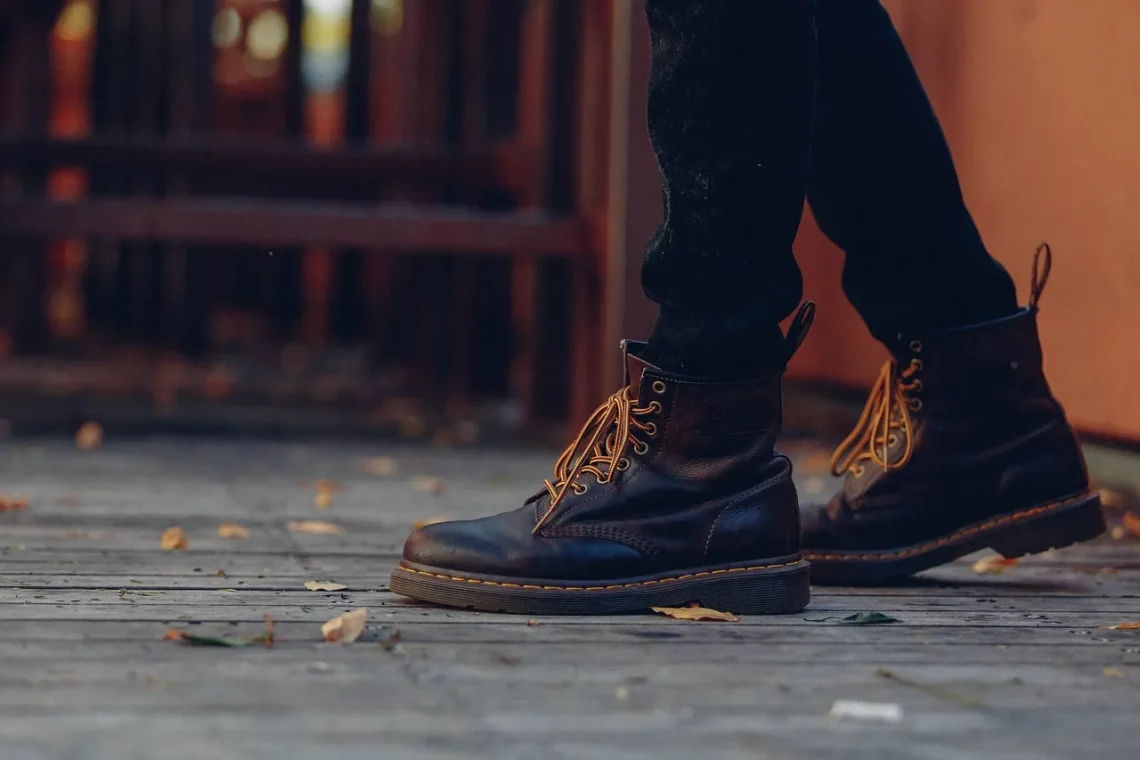
Best Footwear Options to Alleviate Heel Spurs Discomfort
Heel spurs can be an excruciating condition that affects many individuals, often causing discomfort while walking or standing. These bony protrusions form on the underside of the heel bone, typically as a result of repetitive strain or stress on the foot. When this happens, inflammation can occur, leading to pain that can significantly impact daily activities. Those suffering from heel spurs often find themselves searching for relief, particularly through the right footwear choices.
Proper footwear plays a crucial role in managing the discomfort associated with heel spurs. The right shoes can provide necessary support, cushioning, and alignment, helping to distribute weight evenly across the foot. With the right pair of shoes, individuals can reduce pressure on the heel and promote overall foot health. However, not all shoes are created equal; some can exacerbate the condition instead of alleviating it.
In the quest for comfort and relief, it’s essential to understand what features to look for in footwear. From arch support to shock absorption, various elements come into play when selecting the ideal shoe for heel spur discomfort. With so many options available, those affected by this condition should be well-informed about the best choices to alleviate their symptoms.
Importance of Arch Support
Arch support is a fundamental aspect of footwear, particularly for individuals suffering from heel spurs. The arches of our feet play a crucial role in weight distribution and shock absorption. When shoes lack adequate arch support, it can lead to improper foot alignment, increasing stress on the heel and exacerbating pain associated with heel spurs.
Shoes designed with built-in arch support can help maintain the foot’s natural alignment. This support helps to distribute body weight more evenly across the foot, reducing the strain on the heel. Additionally, arch support can provide stability, reducing the chances of overpronation, which is when the foot rolls inward excessively while walking.
For those with flat feet or high arches, custom insoles may be a beneficial option. Custom orthotics are tailored to an individual’s foot shape and can provide targeted support where it’s needed most. These insoles can be placed inside various types of footwear, from athletic shoes to everyday flats, making them a versatile solution for heel spur discomfort.
When shopping for shoes, it’s crucial to look for models that specifically advertise arch support. Many brands have recognized the importance of this feature and offer specialized footwear for those with foot conditions. A well-cushioned shoe with a robust arch support system can significantly alleviate discomfort associated with heel spurs, allowing individuals to stay active and engaged in their daily lives.
Cushioning and Shock Absorption Features
Cushioning is another critical factor to consider when selecting footwear for heel spur discomfort. Shoes with adequate cushioning help absorb impact, which is vital for reducing pain during movement. The heel area, in particular, is where shock absorption is most needed, as it bears the brunt of body weight with each step.
Many shoe manufacturers incorporate advanced cushioning technologies into their designs. These technologies can range from memory foam insoles to gel cushioning systems, designed to provide a softer landing with every step. Shoes that feature these types of cushioning can help mitigate the sharp pain often associated with heel spurs, allowing for more comfortable mobility.
In addition to cushioning, the overall construction of the shoe matters. Look for shoes with a thicker sole, as this can provide an extra layer of shock absorption. A well-cushioned midsole can also enhance comfort and support, making it easier to walk or stand for extended periods.
It’s worth noting that while cushioning is essential, it should not come at the expense of support. A shoe that is overly soft may lack the structural integrity to support the foot properly. Therefore, it’s vital to find a balance between cushioning and support to ensure the best possible relief from heel spur discomfort.
Choosing the Right Fit and Style
Finding the right fit is perhaps one of the most overlooked aspects when it comes to selecting shoes for heel spur relief. Ill-fitting shoes can aggravate existing conditions and lead to additional pain. It’s essential to choose footwear that accommodates the shape of your foot, providing enough room for the toes while ensuring a snug fit around the heel.
When trying on shoes, pay close attention to the width and length. Shoes that are too tight can cause pressure points, while those that are too loose may fail to provide the necessary support. It’s advisable to try on shoes at the end of the day when your feet are slightly swollen, as this will give a more accurate representation of how the shoes will fit during regular wear.
In terms of style, opt for shoes with a wider toe box. A spacious toe area allows for natural toe movement, which can help alleviate discomfort caused by crammed toes. Additionally, consider shoes with adjustable straps or laces, as these features can help customize the fit and provide extra security and support.
Moreover, the heel height of the shoe matters. A lower heel is generally more favorable for individuals with heel spur pain, as it helps to maintain a more natural foot position. High heels can place undue stress on the heel and arch, worsening discomfort. Therefore, aim for footwear that promotes a balanced and stable posture.
Recommended Footwear Options for Comfort
When it comes to alleviating heel spur discomfort, certain types of footwear stand out as particularly beneficial. Athletic shoes with excellent arch support and cushioning are often recommended, as they are specifically designed for high-impact activities. Brands known for their comfort features, such as New Balance, Brooks, and ASICS, frequently offer models that cater to those dealing with foot pain.
In addition to athletic shoes, sandals with arch support can be a great option for warmer weather. Look for brands like Birkenstock or Teva that provide contoured footbeds designed to support the arch and heel. These sandals allow for breathability while still maintaining support, making them perfect for casual outings or relaxed environments.
For formal occasions, consider dress shoes that offer both style and support. Many brands now produce dress shoes with cushioned insoles and arch support, allowing individuals to maintain a professional appearance without sacrificing comfort. Look for shoes with a rounded toe box and a lower heel height to ensure a better fit and more comfort.
Lastly, orthopedic shoes are specifically designed to address various foot problems, including heel spurs. They often come equipped with built-in arch support and cushioning to help alleviate pain. While they may not always offer the latest fashion trends, the comfort they provide makes them a worthwhile investment for those suffering from chronic foot pain.
In conclusion, while heel spurs can be a painful condition, choosing the right footwear can significantly impact comfort levels and daily activities. By prioritizing arch support, cushioning, fit, and style, individuals can find shoes that help alleviate discomfort and promote overall foot health.
**Disclaimer:** This article is not intended as medical advice. For any health-related concerns, you should consult with a healthcare professional.




